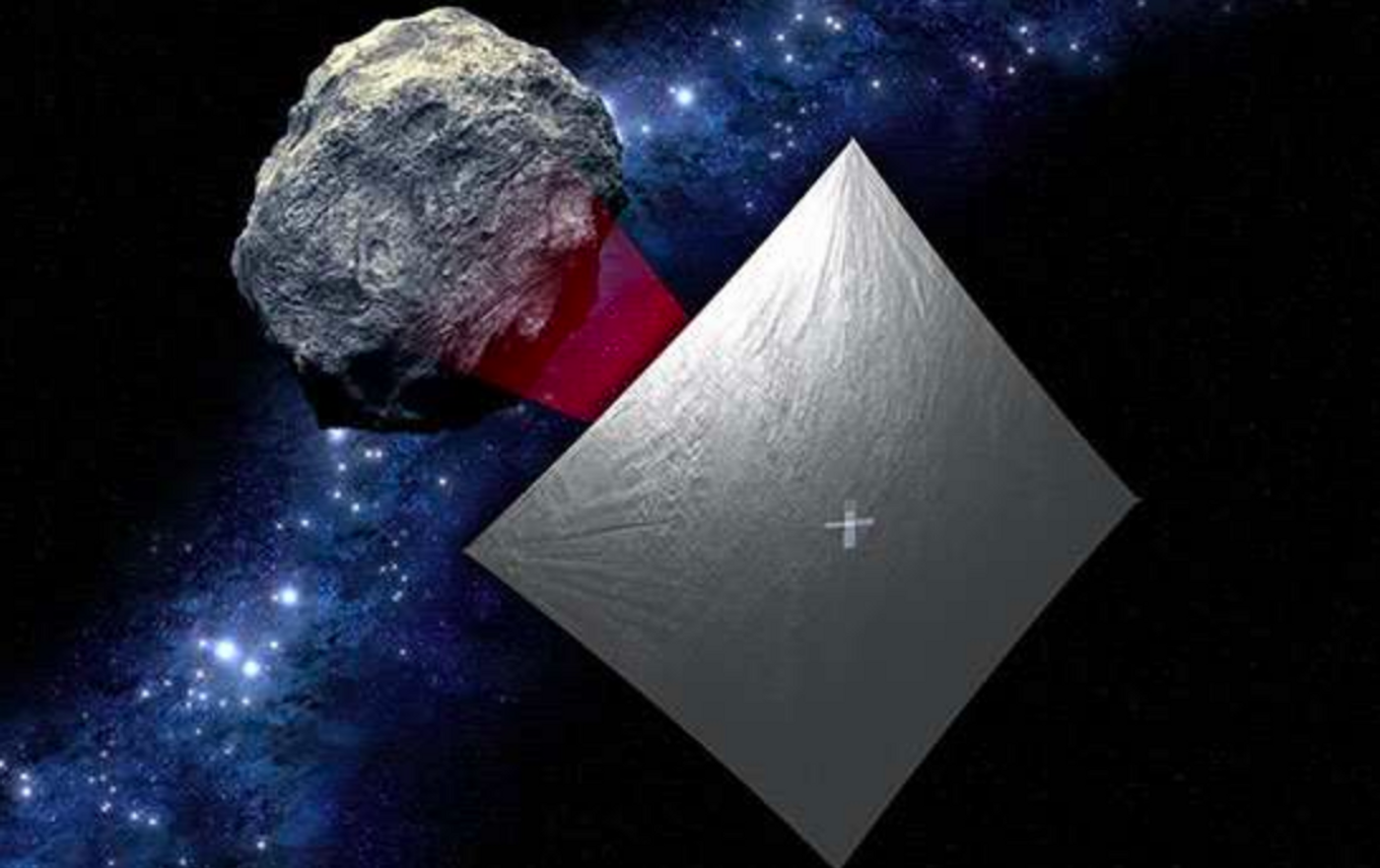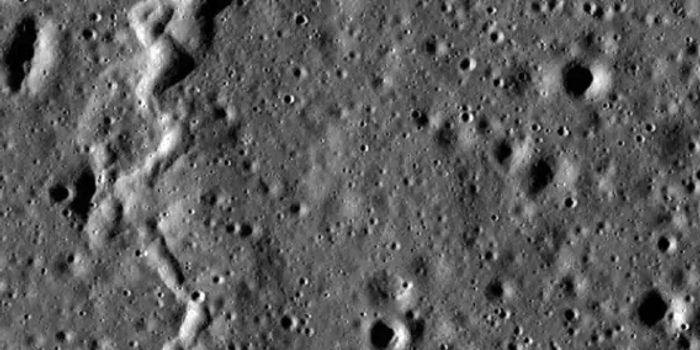A New Solar Sail Technology for Future Spacecraft?
As astronomers look to progress humankind’s understanding of outer space and the innumerable mysteries within, advancements in technology must follow to help meet the demanding requirements of deep space missions.
One of the ways we can overcome the demanding requirements of deep space travel is with solar sail technology, which promises to virtually eliminate many of the restrictions imposed by traditional fuel reserves. But even modern solar sail technology isn’t without its limitations.
Image Credit: NASA
Fortunately, a new development by researchers from the Rochester Institute of Technology (RIT) promises to address many of these limitations head-on. The proposed development involves replacing the typical reflective metallic sails with a diffractive metafilm alternative instead.
"Diffractive films may also be designed to replace heavy and failure-prone mechanical systems with lighter electro-optic controls having no moving parts," explained Grover Swartzlander, a professor at RIT’s Chester F. Carlson Center for Imaging Science.
Related: A solar sail spacecraft is becoming a reality
The metafilm sails could purportedly yield significant performance boosts over their predecessor. For example, less heat means less deterioration of sail materials, recycled protons equate to added momentum from the same number of protons, and better orientation yields more efficient space travel.
These are only some of the benefits, and they could be applied to numerous space missions, whether they take place next to Earth, near other planets, or outside of our solar system.
"CubeSats are becoming of great national importance for science, security, and commercial purposes," Swartzlander continued.
"The potential to raise, de-orbit or station-keep hundreds of CubeSats from low Earth orbit would be a recognized game changer that would build enthusiasm and advocacy among the growing small-satellite community of students, entrepreneurs, and aerospace scientists and engineers."
And that’s not all, Swartzlander says the metafilm sails could even be made to work with laser-based propulsion systems, such as those suggested by a Stephen Hawking-backed program known as Breakthrough Starshot.
It should be interesting to see if this new solar sail technology takes off, and furthermore, how NASA might implement it in future space exploration opportunities.









